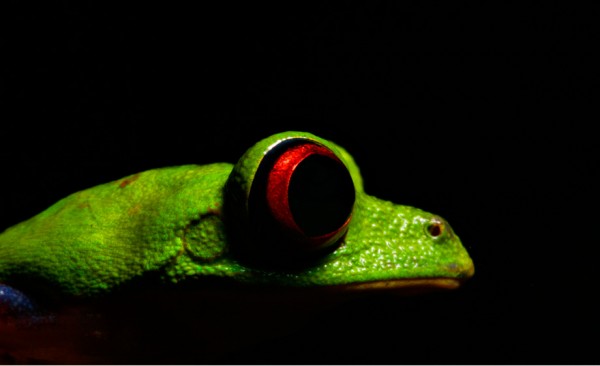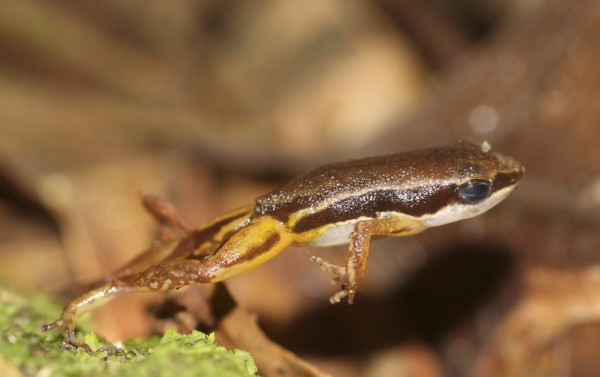Cute Frog of the Week: March 5, 2012
Just like you get dressed in the morning, the parachuting red-eyed leaf frog or misfit leaf frog (Agalychnis saltator) changes from its nighttime tan or brown to its daytime bright green. But that isn’t the only trick this little guy has up its sleeve. These frogs have lots of webbing between their fingers and toes, and during breeding season males make large leaps with this webbing splayed wide to act as small parachutes.
These little misfits, who live in Nicaragua and Costa Rica, lay their eggs on the moss that covers tree vines during the rainy season. Unfortunately, this makes the eggs particularly vulnerable to becoming a snack for ants and snakes. The frogs that do make it to adulthood, however, are plentiful enough to make this species not at risk of extinction.
Photo by Joe Milmoe, U.S. Fish and Wildlife Service.
Every week the Panama Amphibian Rescue and Conservation Project posts a new photo of a cute frog from anywhere in the world with an interesting, fun and unique story to tell. Be sure to check back every Monday for the latest addition.
Send us your own cute frogs by uploading your photos here: http://www.flickr.com/groups/cutefrogoftheweek/


